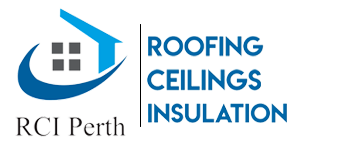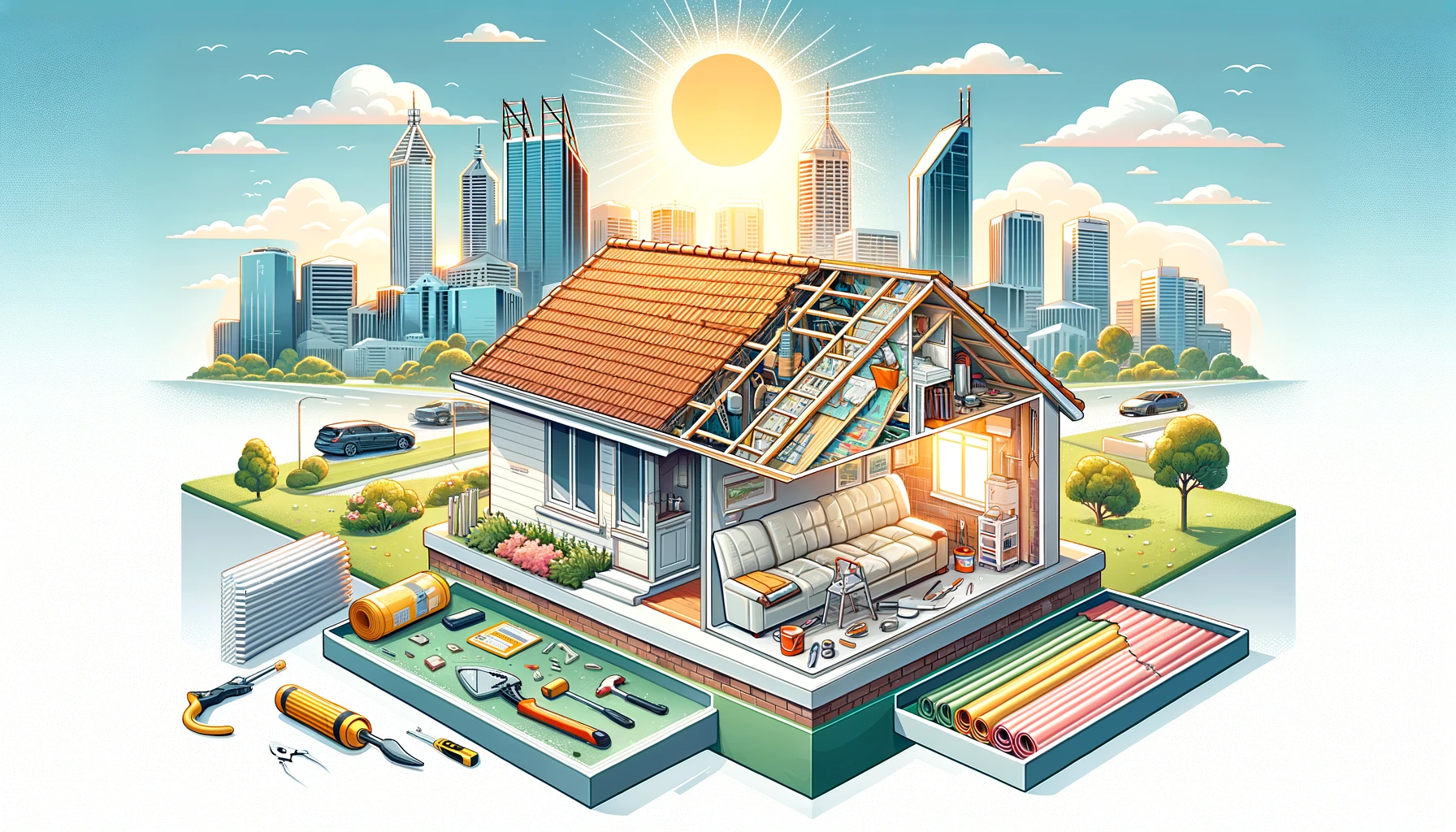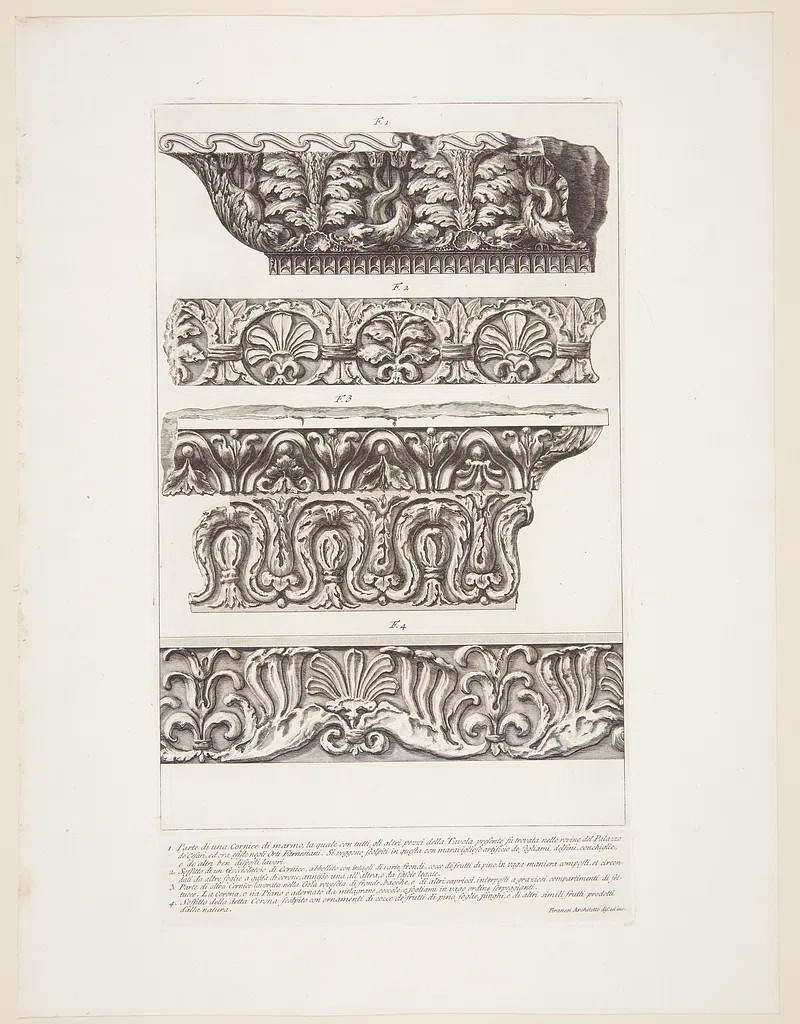We hate to be the bearer of bad news but with the Perth storm season, comes many homeowners left with ceiling damage. Severe storms can damage both your roof and ceiling, but this is nothing that our team at RCI Perth hasn’t dealt with before. In this article, we’ll outline the main types of water-related ceiling damage we see, and steps you can take to actively minimise the damage whilst professional help is on the way.
The most common type of ceiling damage after a storm is of course – water damage. The question is – to what extent is the damage? If your roof has been damaged by high winds or hail, it may allow water to seep into your home, causing damage to your ceiling. Telltale signs of water damage to your ceiling include water stains, peeling paint, and your ceiling sagging or drooping. It’s good to be suspicious and actively seeking these potential damages after any major storm. However, if you do notice any of these signs, it’s important to act quickly to prevent further damage.
To repair water damage to your ceiling, the first step is to identify the source of the water leakage and fix it. This is not always an easy task and in fact, can get quite complicated at times. This may involve repairing your roof, replacing damaged ridge caps or tiles, or fixing leaky gutters or downspouts. Nonetheless, finding and fixing the root of the water damage is the first step.
If you’re able to identify and repair the cause of your leakage, you will now be able to resolve the water damage. The good news – minor water damage, such as water stains or peeling paint, can usually be repaired DIY. Simply start by removing any loose or peeling paint with a putty knife or scraper. Then, sand the area smooth and apply a coat of primer followed by a coat of paint that matches your ceiling.. Good as new!
For more severe water damage, such as sagging ceilings, we do not recommend you DIY. It’s best to have a professional look at it, as ceiling sag could mean a whole lot of different issues, which may require professional handiwork to resolve. In the worst case, ceiling sag could be due to structural damage. Leaving the damage unattended will only put your home’s structural integrity – and yourself at risk. Other potential signs of structural damage to your ceiling include cracks, holes, or visible damage to the framing or support structure.
In addition to repairing the damage to your ceiling, it’s important to take steps to prevent future damage. This may include reinforcing your roof or installing storm shutters to protect your home from high winds and flying debris. Regular inspections and maintenance of your roof and ceiling can also help prevent future damage.
In sum, these are a few of the key ceiling issues that we see surface after a storm. If you’re concerned about the extent of your water damage, and not able to handle the issue yourself due to its severity, then please give our team a call and we’ll be happy to inspect and provide you with the appropriate next steps.




